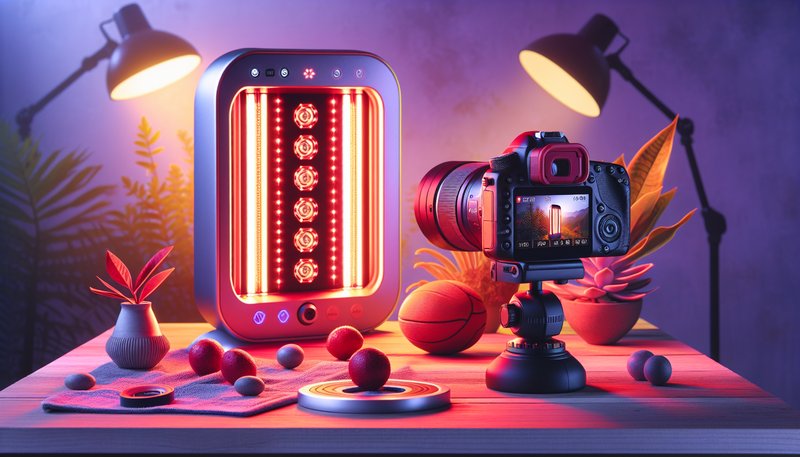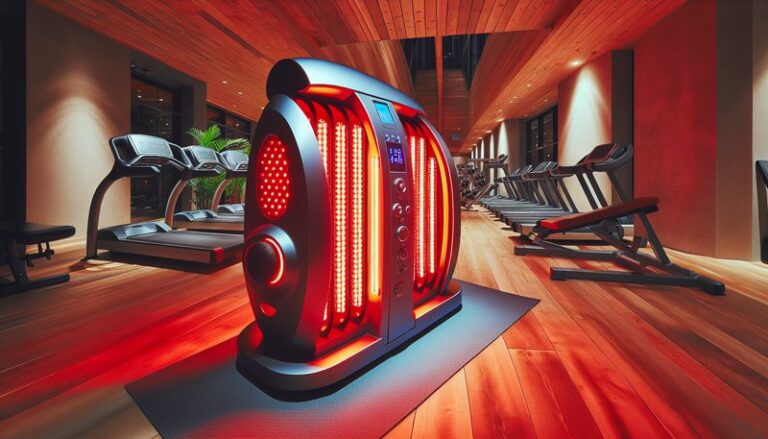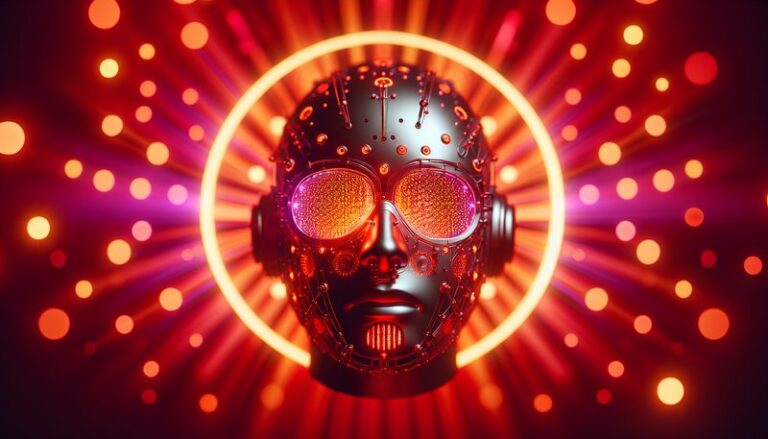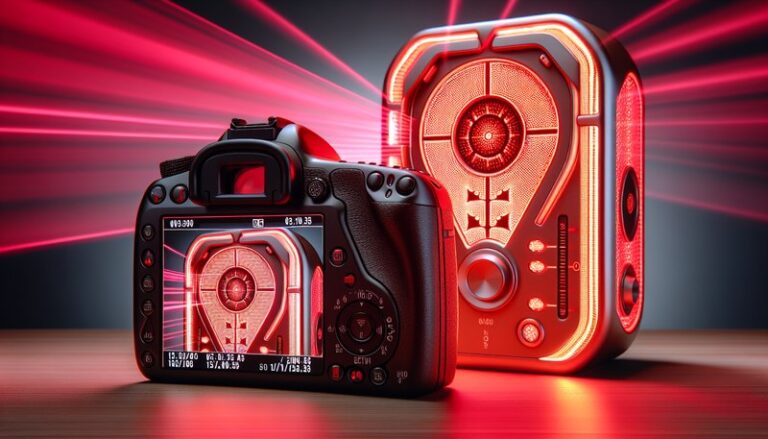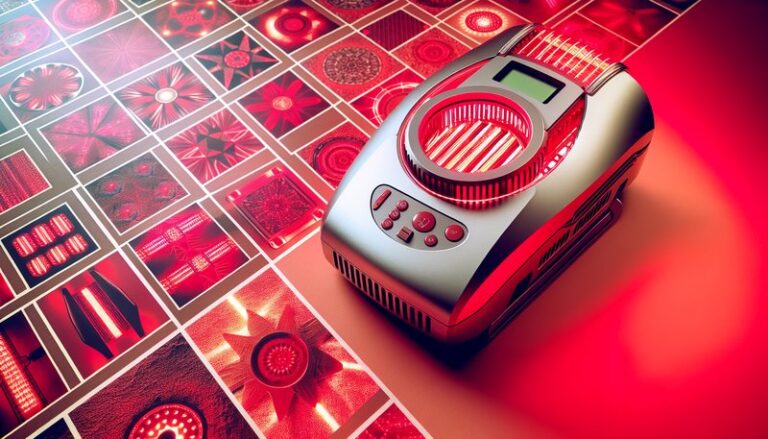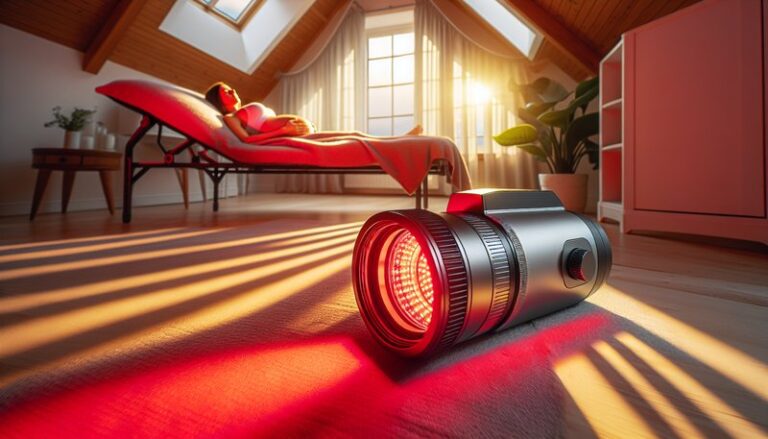Do Athletes Use Red Light Therapy?
Have you ever wondered how professional athletes optimize their performance and recovery? One increasingly popular method employed by many elite competitors is red light therapy.
Learn the details in Can Red Light Therapy harm eyes?
This article delves into the world of red light therapy, its benefits for athletes, considerations before using it, and alternative treatments. By the end, you will have a comprehensive understanding of how this therapy can impact athletic performance and recovery.
Key Takeaways
- Red light therapy enhances recovery by reducing inflammation and accelerating tissue healing.
- Many athletes adopt this therapy as a non-invasive alternative for pain relief and performance improvement.
- While generally safe, considerations such as treatment frequency and device types are essential for effectiveness.
What is Red Light Therapy?
Red light therapy (RLT) is a treatment that uses specific wavelengths of light to promote healing, reduce inflammation, and improve overall wellness. This therapy generally involves exposing the body to low-level red light, typically in the range of 600 to 1000 nanometers, which penetrates the skin to stimulate cellular processes.
Don’t miss Does red light therapy aid hair growth?
Originally popularized in dermatology for skin healing and rejuvenation, athletes have increasingly adopted RLT for its potential benefits in reducing muscle soreness and enhancing recovery times.
Mechanism of Action
The primary mechanism behind red light therapy lies in its ability to stimulate mitochondria, the powerhouse of our cells. By doing so, it enhances ATP production (adenosine triphosphate), which fuels cellular repair and regeneration. This biological effect contributes to improved muscle recovery, reduced inflammation, and increased performance.
What are the Benefits of Red Light Therapy?
Red light therapy presents numerous advantages, particularly for athletes looking to enhance their training regimen.
Enhanced Recovery
Post-exercise, athletes often experience muscle fatigue and soreness. RLT can mitigate these effects, allowing competitors to recover faster and return to their training routines.
Reduced Inflammation
Chronic inflammation can impair performance and prolong recovery. Studies indicate that RLT effectively reduces markers of inflammation, helping athletes maintain optimal physical condition throughout their training cycles.
Injury Healing
Athletes who suffer from injuries can benefit from RLT, as it speeds up healing by enhancing blood circulation and collagen production. This restorative effect can significantly reduce downtime due to injuries.
Performance Enhancement
Regular use of red light therapy has been linked to improved muscle performance and endurance, allowing athletes to push their limits while minimizing the risk of injury.
Is it Possible to Integrate Red Light Therapy into Athletic Training?
Integrating red light therapy into an athletic training regimen is not only feasible but also recommended when used correctly. Athletes can easily incorporate sessions into their routines, whether at home or in professional settings, providing numerous advantages.
What are the Advantages of Integration?
- Convenience: RLT devices are portable, allowing for easy use at home or during travel.
- Non-invasiveness: Unlike other interventions, RLT is pain-free with minimal to no side effects.
- Cost-Effectiveness: Over time, the investment in RLT technology can lead to significant savings on medical treatments for injuries and inflammation.
What are the Disadvantages of Integration?
- Consistency Required: For optimal results, athletes must consistently use RLT, which can be challenging due to busy schedules.
- Varied Results: Individual responses to therapy can differ, so results may not be uniform across all users.
- Device Quality: The efficacy of red light therapy can depend heavily on the quality of the devices used, highlighting the need for informed purchases.
What are the Things to Consider Before Implementing Red Light Therapy?
Before starting red light therapy, athletes should consider several important factors to ensure effective use.
Duration and Frequency
Each session typically lasts between 10 to 20 minutes, and frequency can vary. Starting with 3-5 sessions per week is often beneficial, but athletes should tailor this based on their individual needs and responses.
Type of Device
Different devices emit varying wavelengths and intensities of light. Athletes should choose devices that are specifically designed for RLT to ensure safety and efficacy.
Personal Health Conditions
Athletes with certain health conditions or sensitivities should consult medical professionals prior to beginning any therapy, including RLT, to avoid any adverse effects.
What are the Alternatives to Red Light Therapy?
While red light therapy is effective, other treatments also provide benefits for athletes.
Cryotherapy
Cryotherapy involves exposing the body to extremely low temperatures to reduce inflammation and enhance recovery. Many athletes find this method aids in alleviating muscle soreness after intense training.
Massage Therapy
Regular massage sessions can aid in reducing muscle tension, improving circulation, and enhancing flexibility. This traditional method remains a popular choice among athletes.
Compression Therapy
Using compression garments or devices, athletes can improve blood flow and reduce lactic acid buildup after exercises, helping expedite recovery.
Conclusion: Is it Recommended to Use Red Light Therapy?
In summary, red light therapy presents an innovative and effective option for athletes aiming to enhance recovery and performance. While it offers numerous benefits, careful consideration of how to integrate it into one’s training regimen is crucial for optimal results.
Frequently Asked Questions
Can anyone use red light therapy?
Red light therapy is generally safe for most individuals. However, those with conditions like lupus or those taking certain medications should consult a healthcare professional before use.
How long does it take to see results from red light therapy?
Results can vary. Many athletes report improvements within a few sessions, but noticeable changes may take several weeks of consistent treatment.
Is red light therapy painful?
No, red light therapy is a non-invasive and pain-free procedure, making it an attractive option for athletes seeking an alternative to more invasive treatments.
What should I expect during a red light therapy session?
During a session, you can expect to lie comfortably under the therapy device for a set duration while the light exposure creates a soothing environment.
Are there any side effects associated with red light therapy?
Most users experience no adverse effects, but some may notice temporary redness or warmth in the treated area, which usually subsides quickly.
